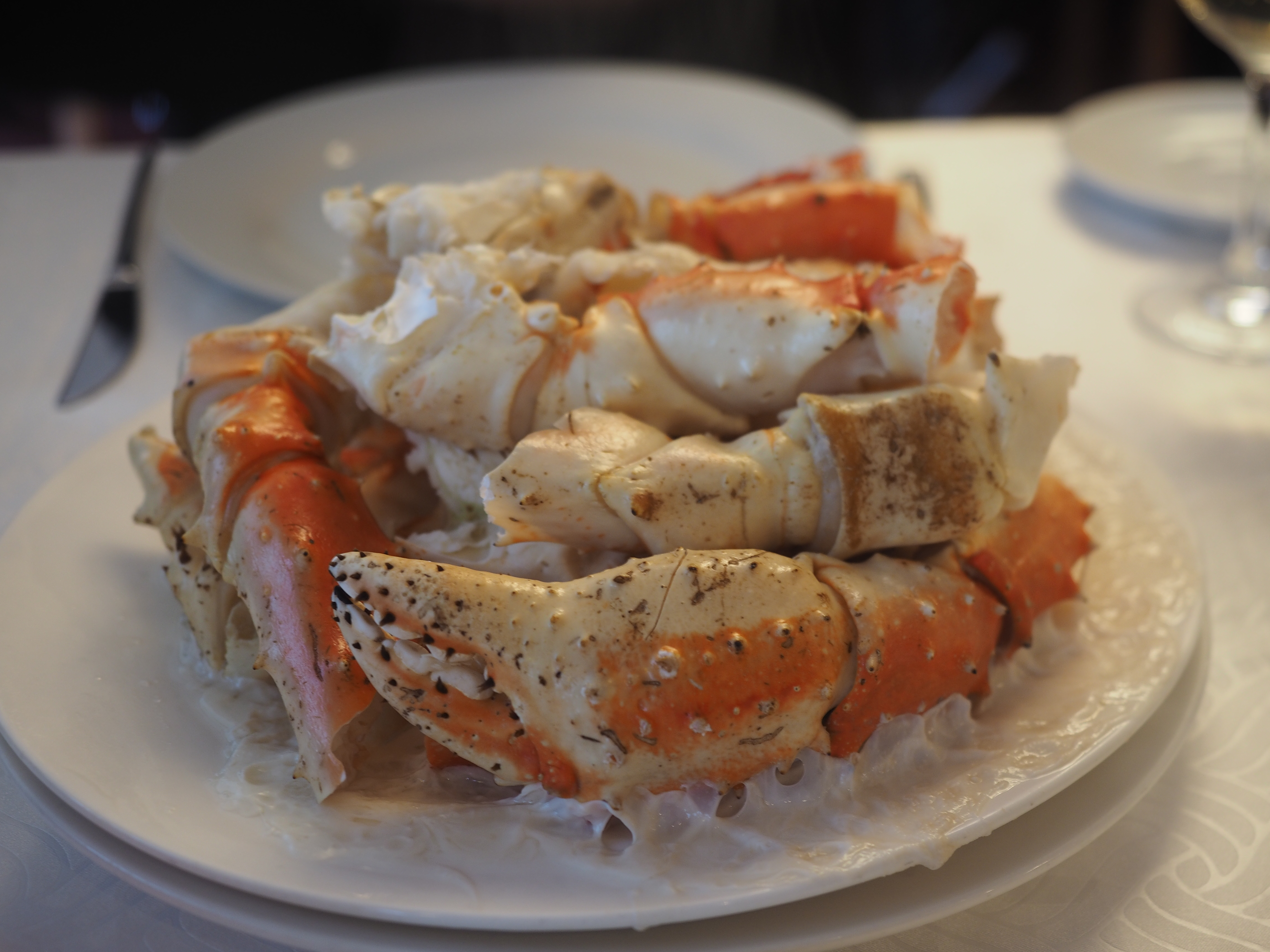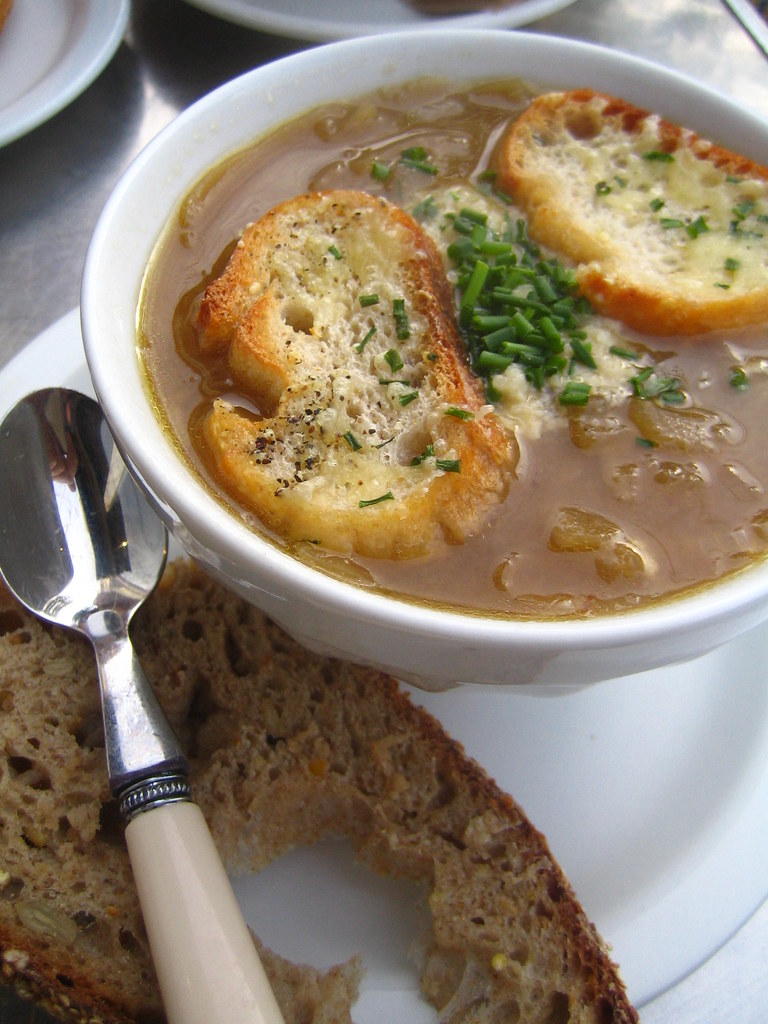Embarking on an exploration of the ocean’s depths reveals fascinating insights into the dietary preferences of the king crab (Paralithodes camtschaticus). Renowned for their substantial size and distinctive spiky shells, these intriguing marine inhabitants captivate both seafood enthusiasts and biologists. A key aspect of their feeding behavior is their preference for consuming their legs over other body parts, a phenomenon that warrants a closer examination of their biological and anatomical traits, as well as the environmental variables that shape their dietary choices. Understanding these factors provides critical insights into the ecology and adaptations of this remarkable species, making them even more fascinating.

The biological characteristics of King crabs.
King crabs are not true crabs but belong to a group known as decapod crustaceans. They boast a dark reddish-burgundy shell and can grow to impressive sizes, with carapace lengths reaching up to 11 inches and leg spans of up to five feet. These proportions make them not only a wonder of nature but also a spectacle for those lucky enough to observe them in their natural habitat. With five pairs of legs, king crabs utilize their limbs for various essential functions, from locomotion to reproduction, showcasing their incredible adaptability.
One crucial aspect of king crab in anatomical characteristics is that their legs are not merely for show; they are specifically adapted for survival and feeding. The legs are equipped with muscle-rich white meat that is widely sought after by seafood enthusiasts. In stark contrast, the body of the king crab contains less meat and is primarily composed of cartilage, which does not provide the same nutritional value as its limbs. This distinction plays a significant role in why crabs prioritize leg consumption.
King crabs’ legs are safe and delicious to eat.
The story is not just about anatomy; environmental factors come into play as well. King crabs inhabit marine environments where they may be exposed to higher levels of heavy metals. Their bodies can carry these contaminants, which pose risks to their health and that of their predators, including humans. Notably, the legs of king crabs are less likely to accumulate these harmful substances compared to their bodies, making the legs a safer choice for both the crabs themselves and those who seek them as a delicacy.
Moreover, the body of a king crab doesn’t offer the same sweetness and flavor profile that its legs do. The legs provide a delectable taste experience, often likened to sweet lobster meat. This is a significant factor that influences not only the dietary preferences of king crabs but also the culinary choices of those who enjoy them at the dinner table.
Thus, the preference of king crabs for their legs over their bodies is a beautiful amalgamation of evolutionary adaptation, environmental factors, and culinary delight. As we continue to study these remarkable creatures, we uncover not just the secrets of their dietary habits but also a deeper appreciation for the delicate balance of life in our oceans. Understanding why king crabs eat their legs can lead us to broader insights into their behaviors and how they interact with their environment, paving the way for more sustainable practices in seafood consumption and marine conservation efforts.
Exploring the dietary habits of king crabs reveals an intriguing tapestry woven from biology, nutrition, and environmental considerations. As we turn our attention to the legs of these majestic crustaceans, it becomes clear that their preference for this body part is not simply a matter of texture and taste; it encompasses profound nutritional advantages that influence their survival and appeal to seafood lovers around the world.
First and foremost, it is essential to recognize that king crab legs are rich in protein, offering a significant dietary benefit. The nutritional composition of crab legs is truly impressive. They are not only an excellent source of protein but also contain essential vitamins and minerals, including vitamin B12, selenium, and zinc. These nutrients play a pivotal role in maintaining various bodily functions, from supporting metabolism to enhancing immune responses. In contrast, the body of the king crab is composed primarily of cartilage and has a markedly lower meat content. As seafood enthusiasts know, it is the legs that provide the succulent, tender meat that is the highlight of any crab feast, making them highly sought after.
Moreover, the flavor profile of the legs stands out. The meat is often described as having a delightful sweetness, reminiscent of lobster, which makes it a prized catch in culinary circles. When cooked, king crab legs deliver a juicy, delicate flavor that tantalizes the taste buds and elevates any dish. The body meat, while still edible, pales in comparison in terms of flavor and texture. Hence, it is no wonder that both king crabs and humans alike gravitate towards the legs for nourishment and pleasure.
In addition to their nutritional benefits and flavor, the king crab’s legs present certain safety advantages that cannot be overlooked. Living in marine environments, king crabs are susceptible to accumulating heavy metals and other contaminants in their bodies. Research indicates that the body, being larger and more exposed, is more likely to harbor these harmful substances. Conversely, the legs are less prone to such accumulation, making them a safer option for consumption. This aspect of their anatomy not only influences the crabs’ feeding choices but also offers a compelling argument for why seafood lovers should prioritize crab legs over the body when indulging in this delicacy.
The environmental factors impacting king crab diets extend beyond safety. The habitat in which they thrive plays an integral role in shaping their feeding behavior. King crabs dwell in colder waters, often at significant depths, where food sources may vary extensively. Their predilection for legs is also influenced by their feeding strategies. King crabs are opportunistic feeders, consuming a variety of organisms, including mollusks and benthic invertebrates. This dietary adaptability allows them to thrive in diverse environments, yet the legs remain their favored choice due to their superior nutritional profile, ensuring their survival.
Interestingly, the way in which king crabs consume their legs sheds light on their feeding habits. Utilizing their pincers, they deftly break apart the exoskeleton and extract the meat. This behavior not only demonstrates their remarkable adaptability but also indicates the importance of their legs as a primary food source. By honing in on this specific part of their anatomy, king crabs ensure they optimize their nutritional intake, which is vital for growth, reproduction, and overall health.

The culinary appeal of king crab legs further enhances their status as the favored part of the crab. For seafood lovers, the process of enjoying king crab legs is an experience in itself. From the steam rising from freshly cooked legs to the tantalizing aroma wafting through the air, the anticipation builds as diners prepare to indulge. Dipping these succulent pieces in melted butter or a squeeze of lemon elevates the experience, turning a simple meal into a gourmet feast. The contrast between the rich, sweet meat and the simplicity of its accompaniments creates a symphony of flavors that captivates the palate. Thus, the cultural significance of crab legs, and the delight they bring to dining experiences, cannot be underestimated, making them a true delicacy.
As we explore the dietary preferences of king crabs, we uncover a captivating interplay of biological traits, environmental factors, and culinary traditions. The legs, with their nutritious content and exquisite flavor, are at the heart of a king crab’s diet and a seafood lover’s plate. These adaptations not only ensure the survival of the species but also deepen our appreciation for the intricate connections within marine ecosystems, highlighting the importance of preserving these habitats.
Understanding why king crabs eat their legs rather than their bodies offers us broader insights into their behaviors and ecological roles. Such knowledge is invaluable as we strive for sustainable seafood practices and marine conservation efforts. By appreciating the reasons behind these crabs’ dietary choices, we can make informed decisions that promote the health of both our oceans and our dining tables.
The preference of king crabs for their legs over their bodies is a compelling aspect of evolutionary biology, tied to environmental adaptation and gastronomic appeal. This unique trait not only enhances their survival but also contributes to their popularity in culinary arts. As we further explore the behaviors and habitats of these remarkable creatures, we acknowledge the intricate balance of ecosystems that enables both king crabs and humans to thrive, sharing in the abundant resources provided by the sea, fostering a deeper connection to our natural world.
Related posts:
How to Crack and Eat Crab Legs




